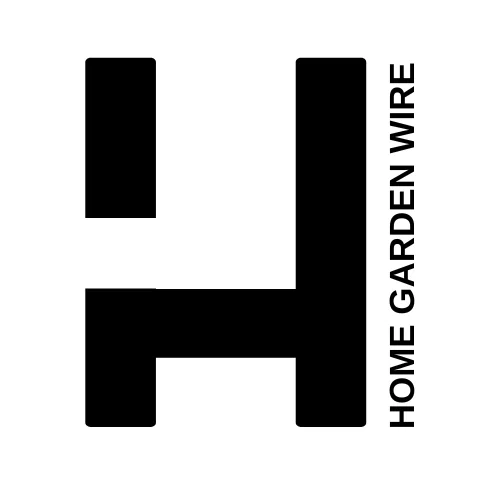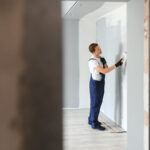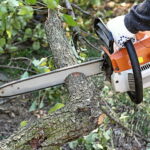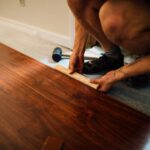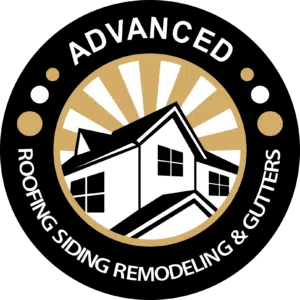Maintaining a property’s exterior in pristine condition requires the right cleaning technique, yet many homeowners and business owners struggle to decide between pressure washing and soft washing. Each approach offers distinct advantages, and selecting the incorrect method may lead to inadequate cleaning or costly surface damage.
A skilled pressure washing service utilizes a high-powered water stream to blast away tough grime, oil stains, and deeply embedded dirt, making it an excellent option for hard surfaces. Soft washing, by contrast, applies a low-pressure stream combined with environmentally safe cleaning agents that dissolve organic buildup efficiently. Understanding the best method for each situation ensures effective results while extending the life of exterior surfaces.
Key Comparisons Between Pressure Washing and Soft Washing
Cleaning techniques may appear similar at first, but they differ greatly in application and effectiveness. A property manager once attempted to clean mold from a painted stucco surface using a commercial pressure washer, only to discover the intense water pressure stripped away the paint. By switching to soft washing, the stains were successfully removed without harming the stucco.
Both methods play a vital role in preserving curb appeal and preventing long-term damage:
- Pressure washing is best for durable, non-porous surfaces such as sidewalks, driveways, and large commercial buildings.
- Soft washing is more suitable for fragile materials like asphalt shingles, vinyl siding, and wooden structures.
Choosing the appropriate method prevents unnecessary wear and prolongs the lifespan of exterior elements.
How Pressure Washing Benefits Sturdy Surfaces
Certified pressure washing technicians use industrial-grade water jets to remove layers of accumulated dirt, mold, and deep-set stains from resilient surfaces. This technique proves highly effective in high-traffic areas prone to grime buildup, grease spills, and mildew formation. Reaching pressures of up to 4,000 PSI, this method is one of the most powerful solutions for deep cleaning exterior surfaces.
Pressure washing is particularly beneficial for:
- Eliminating stubborn grease and oil stains from concrete driveways and parking lots.
- Removing peeling paint, graffiti, and rust stains from brick and stone walls.
- Eradicating moss, mildew, and algae growth from patios, walkways, and staircases.
The Environmental Protection Agency (EPA) warns that improper pressure washing can result in contaminated runoff entering local waterways. Professional services follow best practices to manage waste responsibly and minimize environmental risks.
Advantages of Soft Washing for Delicate Surfaces
Soft washing offers a safer cleaning alternative for materials that cannot withstand high water pressure. Instead of using force, this method employs biodegradable cleaning solutions that break down algae, bacteria, and dirt at a molecular level. A controlled, low-pressure rinse then removes contaminants without harming fragile surfaces.
Soft washing is particularly effective for:
- Removing black streaks, lichen, and mildew from rooftops without damaging shingles.
- Cleaning vinyl siding, wood fences, and decorative exteriors without surface deterioration.
- Washing windows, solar panels, and architectural details without the risk of scratches or breakage.
The Centers for Disease Control and Prevention (CDC) states that untreated mold and mildew contribute to respiratory problems and structural decay. Routine soft washing helps mitigate these concerns while promoting a healthier and safer property environment.
Selecting the Best Cleaning Approach for Each Surface
Using the wrong cleaning method can cause significant property damage and require costly repairs. Pressure washing relies on brute force to clear away built-up grime, while soft washing chemically treats stains before a gentle rinse removes them.
A closer look at each method:
- Pressure washing is the most effective option for removing caked-on dirt and debris from solid surfaces.
- Soft washing is designed to eliminate biological growth, such as mold and algae, using specialized cleaning agents.
Applying the right technique maintains long-term cleanliness while preventing premature wear. Property owners who mistakenly use the wrong method risk eroding surfaces, causing water damage, or failing to achieve thorough cleaning results. Professional exterior cleaning services conduct careful evaluations to determine the best treatment for each surface type.
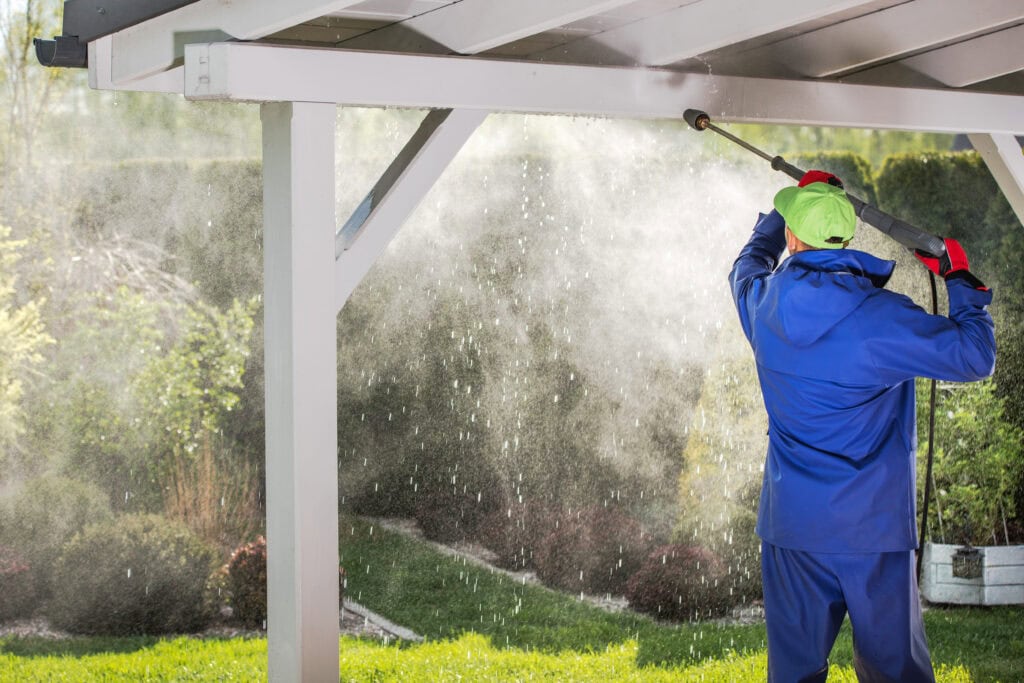
Ideal Situations for Pressure Washing and Soft Washing
Several factors influence which cleaning method to use, including material type, contamination severity, and environmental exposure. Heavily used areas often require the deep-cleaning power of pressure washing, whereas moisture-sensitive surfaces benefit from soft washing’s gentle approach.
Typical applications include:
- Pressure washing restores concrete, brick, and stone exteriors subjected to heavy wear.
- Soft washing safely cleans roofs, siding, and wooden structures without risk of damage.
- A combination of both techniques provides optimal results for properties with varied surface materials.
Matching the correct cleaning technique to the right surface prevents deterioration, enhances structural integrity, and improves overall aesthetic appeal.
Why Professional Pressure Washing Services Provide Superior Results
Hiring professional pressure washing specialists ensures thorough cleaning with minimized risks, offering greater efficiency than do-it-yourself methods. Trained technicians use cutting-edge equipment and environmentally friendly cleaning solutions to remove stains without compromising property integrity.
Key benefits of professional cleaning services include:
- High-powered equipment capable of delivering superior, long-lasting results.
- Eco-conscious detergents that preserve landscaping and prevent harmful runoff.
- Compliance with industry regulations and safety standards to prevent damage and liability concerns.
The Occupational Safety and Health Administration (OSHA) emphasizes that improper use of high-pressure cleaning tools can lead to injuries and accidental property damage. Entrusting the task to experienced professionals ensures both safety and optimal cleaning outcomes.
Common Mistakes in DIY Exterior Cleaning
Property owners often attempt exterior cleaning without realizing the risks involved. Excessive water pressure on fragile surfaces can lead to irreversible damage, while improper detergent use can result in staining or ineffective cleaning.
Frequent mistakes include:
- Using too much pressure on wood, siding, or roofing, causing cracks, splintering, or warping.
- Choosing incorrect cleaning chemicals that lead to discoloration, corrosion, or residue buildup.
- Failing to rinse properly, leaving behind streaks or a soapy film that attracts dirt more quickly.
Avoiding these common errors helps maintain surfaces in top condition while preventing avoidable maintenance expenses.
Final Insights on Pressure Washing and Soft Washing
Selecting the right exterior cleaning method plays a crucial role in preserving a property’s value and appearance. Pressure washing offers a robust solution for tough, non-porous materials, while soft washing provides a gentle yet highly effective way to remove biological contaminants. Understanding the correct application of each technique ensures surfaces remain in excellent condition for years to come.
Home Garden Wire is your go-to resource for the latest in home and garden services. We provide reliable, actionable information on DIY home improvement, home maintenance, eco-friendly practices, and home design. Our well-researched content empowers homeowners with practical solutions and expert advice. Trust Home Garden Wire to help you enhance your living spaces with tips on home renovation, sustainable living, and innovative home services.
